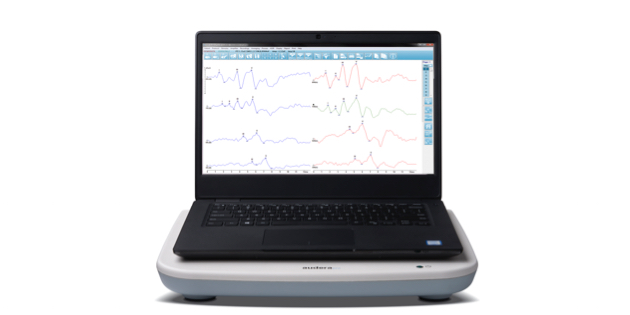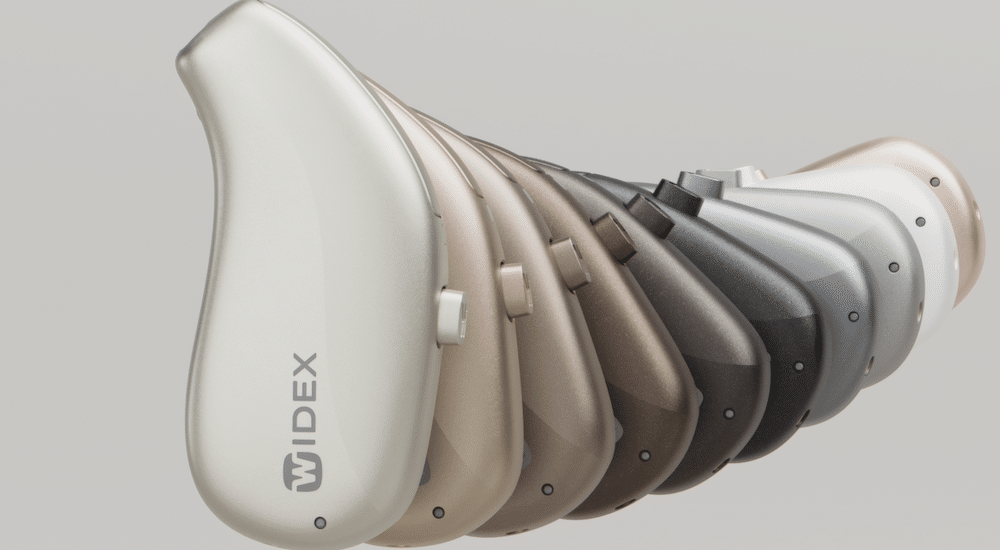GSI updates Audera EP/OAE device to launch a more flexible Pro version
testing
Grason-Stadler (GSI) has released Audera Pro, a new clinical EP/OAE device for all standard evoked potential tests, plus the possibility (depending on the modality license) of ASSR (auditory steady state responses) and OAE (otoacoustic emissions).

Some of the featured new tests of this next generation Audera device include: P300/MMN, ASSR Binaural testing, TEOAE, and Speech Stimuli for ABR.
GSI has updated the hardware to provide a smaller footprint, an integrated pre-amplifier, lightweight cables, and the GSI OAE probe. Modules of the Audera Pro feature predefined protocols and normative data. On-screen options allow for changes in real time, while customised protocols may be added to meet individual testing needs.
Audera Pro comes standard with CE-Chirp and CE-Chirp Octave Band stimuli, which have shown wave V amplitudes that are up to two times larger than traditional click and tone burst stimuli for threshold estimation. The system also has modern waveform analysis tools such as Area Ratio for ECochG, application of digital filters, the ability to split alternating waveforms into rarefaction and condensation components, cross correlation of waveforms, and automatic SNR (Signal-to- Noise Ratio) and RN (Residual Noise) calculation.
GSI claims reporting from its new launch is clear and concise, allowing test results to be easily organized and combined. And all test modules on the Audera Pro feature data organisation designed with efficiency in mind. This includes multiple pages available in a single report to include ABR, ASSR, and OAE data.


